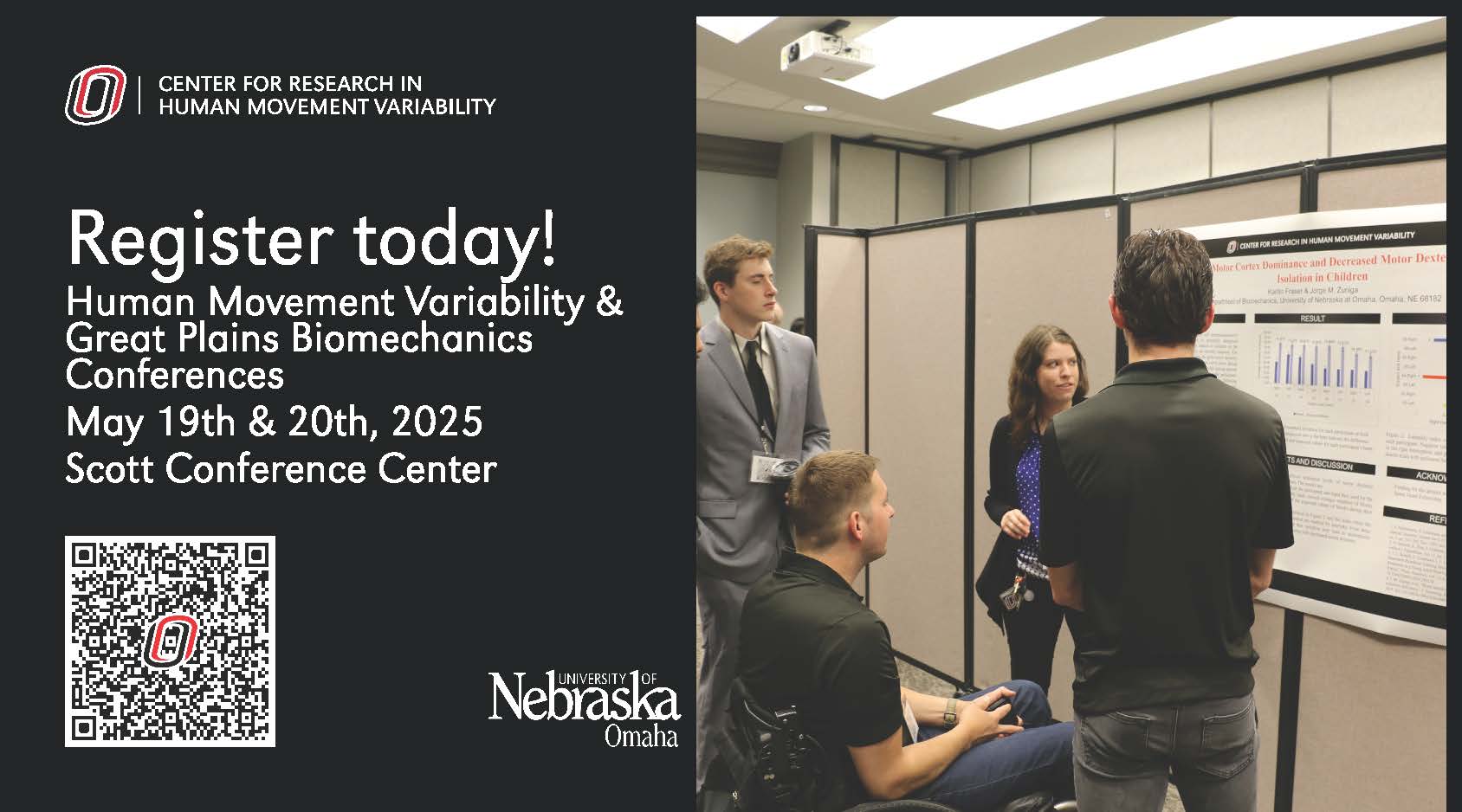Pioneering the study of motion.
Biomechanics is the study of the forces that act on a body and the effects they produce. It is an intersection of biology, physiology, anatomy, physics, mathematics, and chemistry to solve difficult problems in medicine and health. A degree in biomechanics will prepare you for a career in many evolving fields, including but not limited to: rehabilitation, design of assistive devices, robotics, prosthetics, and applications in sports, sports medicine, and military performance. The Division of Biomechanics and Research Development houses the Department of Biomechanics, the Center for Research in Human Movement Variability, and the Center for Cardiovascular Research in Biomechanics.
Department Mission
Our mission is to provide a new understanding of the dynamical aspects of human movement via multidisciplinary approaches. In particular, we aim to achieve the following specific objectives:
- Quantitatively characterize the complex behavior in healthy and abnormal movement patterns via innovative analyses.
-
Educate and train students, clinicians, and basic scientists so that they may apply concepts of human movement variability in their careers as educators and researchers.
-
Improve our understanding of basic healthy and abnormal movement patterns using an interdisciplinary approach in clinically-oriented research.
-
Develop new diagnostic & prognostic tests and related biomechanical technology for a variety of disorders that impact human health and performance.
-
Provide biomechanically related services to interested parties as well as to university and community partners.
-
Participate in community outreach activities that involve biomechanically related educational opportunities.
Department Vision
-
The Division of Biomechanics and Research Development is a division in the College of Education. The vision of the Division of Biomechanics and Research Development is to advance research and scholarship at the University of Nebraska. In doing so, the Division will establish a global reputation as an outstanding academic environment that shapes the future of healthcare by solving complex biomedical problems and improving quality of life through the development of new diagnostic and treatment strategies. These strategies will be based on innovations arising from collaborative research in areas such as biosciences, biotechnology, mathematics, medicine, and engineering.
-



